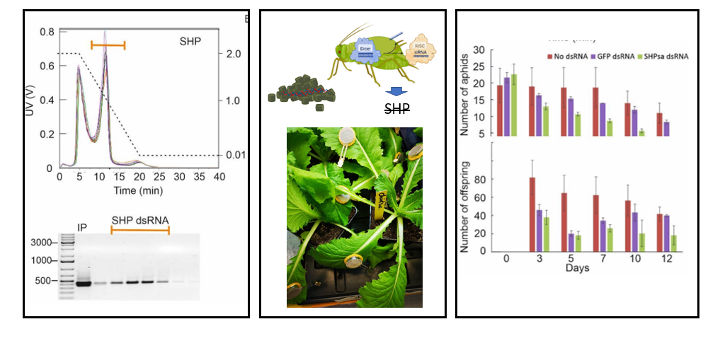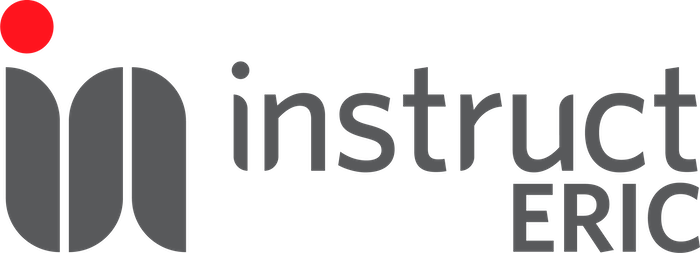Instruct-FI Annual Report Highlights and New Technologies
Instruct Centre FI is formed by three Centers of Excellence at the University of Helsinki, University of Oulu and University of Eastern Finland that provide access to technologies in sample preparation, characterisation, and structure determination. Find out more and apply to access technologies at Instruct-FI here.
University of Helsinki offers state-of-the-art sample preparation and analysis methods for the purification of biomolecular complexes (Biocomplex) and single cell proteomics analysis by mass spectrometry (SCoPE-MS). Helsinki also serves users with structural biology methods using nuclear magnetic resonance (NMR) and cryogenic electron microscopy (cryoEM) of biological samples.
University of Oulu fosters the expertise and infrastructure for molecular biophysics,
protein crystallography and in-house data collection and develops the IceBear crystal
data management software.
University of Eastern Finland offers high-resolution native mass spectrometry techniques for studies of protein modifications, folding and assembly of biological macromolecules as well as for quantitative biological interaction studies with large dynamic range.
Technological Advances in 2022
- Asymmetrical flow field flow fractionation as a new way to purify and analyse RNA, Biocomplex purification at University of Helsinki: The rapid development of RNA vaccines and therapeutics as well as RNAi based solutions for crop protection require advanced purification and analysis tools for RNA molecules of various lengths. Applicability of asymmetrical flow field flow fractionation (AF4) combined to multidetector platform was addressed to study single-stranded (ss) and double-stranded (ds) RNA molecules with varying lengths to show the versatility of the separation method in the studies of RNA molecules (Fig. 1). AF4 enabled the purification of ssRNA and dsRNA molecules, including siRNAs, under native conditions. Purified dsRNA molecules triggered RNA-mediated gene silencing in aphids (Fig. 1, doi:10.1016/j.chroma.2022.463525) and prevented herpes simplex virus infection in cell cultures. Find out more - https://doi.org/10.3390/ph15020261.

Figure 1.
- Characterisation of macromolecular complexes using light scattering, University of Oulu: In 2022 the multi-angle light scattering instrument coupled to a size exclusion chromatography (SEC-MALS) was updated at the University of Oulu (Fig. 2). A new refractive index (RI) detector was installed and the system was enhanced by an additional online dynamic light scattering detector (QELS). The instrument can be used to study quality of the samples, molecular weights of macromolecules and stoichiometries of homo- and hetero-oligomeric macromolecular complexes. This information gives important insight into the function and helps in optimisation of samples for structural studies. The new online QELS detector allows simultaneous measurement of the hydrodynamic radius, making it possible to get also information on the shape of the complex and to detect possible conformational changes between samples.

Figure 2.
Finland Structural Biology Activities
- Structural Biology Platform FINStruct and Instruct-ERIC Centre Finland 2022 Annual Meeting was held at the University of Eastern Finland, Joensuu, on 30th November 2022. Program included presentations of infrastructure facilities and scientific presentations (Fig. 3). There were 50 participants in total.

Figure 3.
